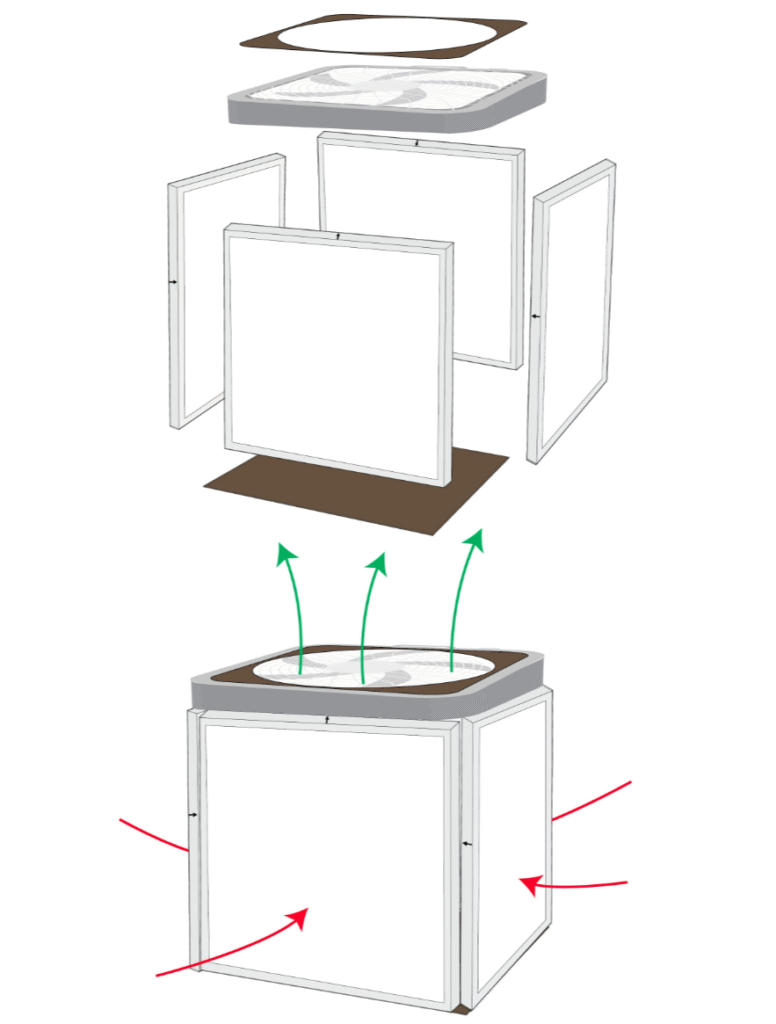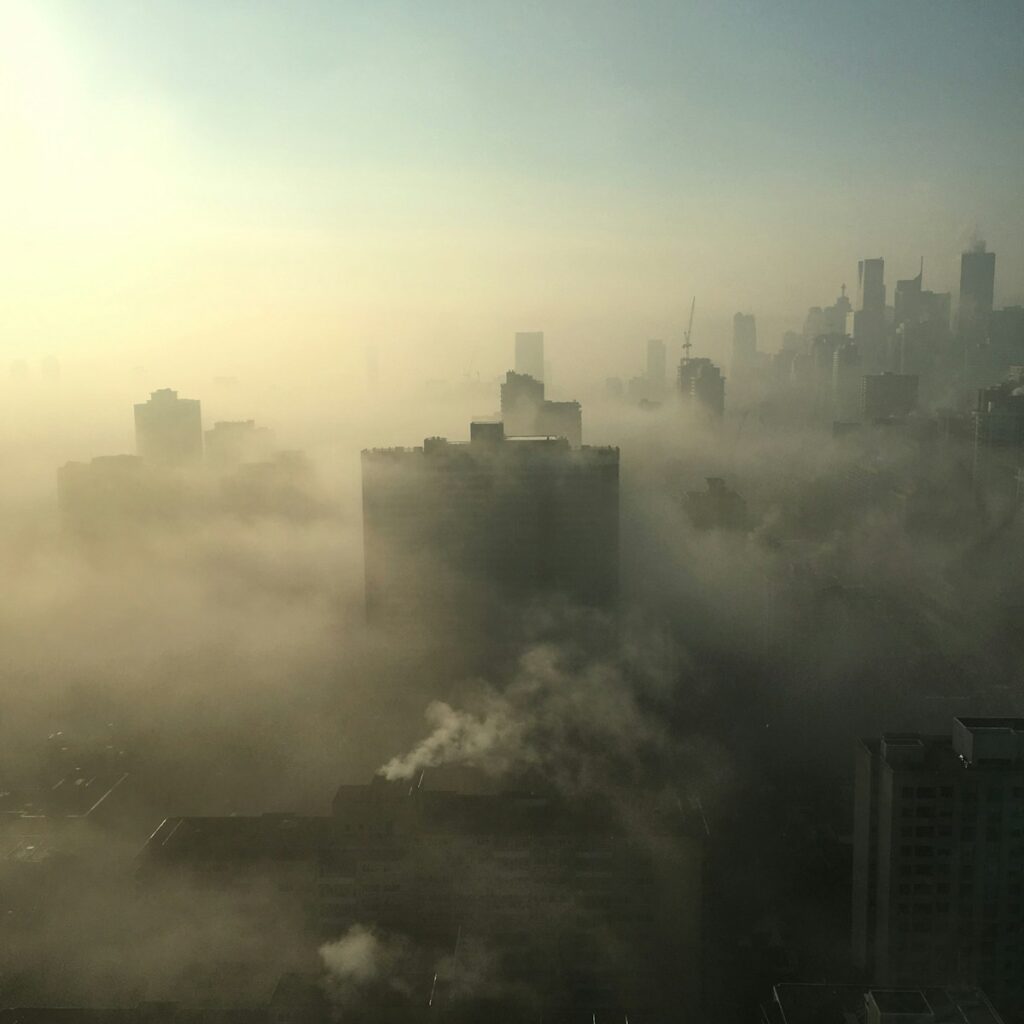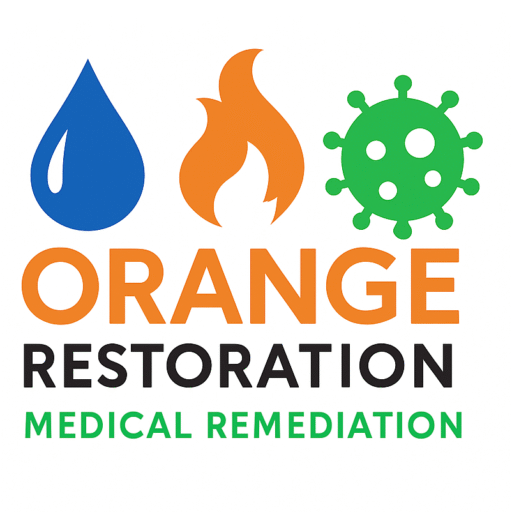Yesterday was Clean Air Day here in San Diego, and while much of the local and national conversation is centered on outdoor air, the truth is that not enough is done to address indoor air quality (IAQ). We spend 40–70% of our lives indoors, breathing indoor air quality that is far more within our radius of control, for improvement and also maintenance, than the atmosphere outside.
Table of Contents
This is where the greatest opportunity lies to protect our individual health, especially for those with medically sensitive conditions. Outdoor air is important, but when the air inside our homes, schools, and workplaces is compromised, our health is impacted daily and directly.
The recent “megabloom” in the Santa Monica Mountains, following last season’s wildfires, is a perfect reminder of how environmental change outside can affect air quality inside also. Wildflowers and fire-adapted plants now cover the hillsides, offering beauty and resilience.
But the aftermath of wildfire combined with new pollen growth also brings challenges.

What Happens in the Air After a Wildfire?
Even after flames are extinguished, post-fire environments continue to release contaminants:
- Fine particulate matter (PM2.5) from burned homes, plastics, and vegetation can linger for weeks.
- Volatile Organic Compounds (VOCs) are released when construction materials, paints, and plastics burn.
- Heavy metals such as lead and arsenic may be present in ash and re-suspended into the air.
- Firefighting water damage can trigger hidden mold growth indoors, a hazard often overlooked.
- Winds disturbing burned soil can reintroduce particulates into the air.
The Added Impact of a Megabloom
Normally, wildflower blooms signal recovery. But in a post-fire landscape, pollen levels rise quickly, often amplified by invasive species. For sensitive individuals, this is compounded by smoke particles binding with pollen, creating a more inflammatory burden on the respiratory system.
Be empathetic to others, especially those who are allergic to pollen or have respiratory health issues. They will be suffering just to breathe in outdoor environments, and also in indoor environments that are not properly filtering and cleaning the air.
Why This Matters for CIRS and Medically Sensitive Patients
For individuals with Chronic Inflammatory Response Syndrome (CIRS), mold illness, or other immune sensitivities, the combination of post-fire toxins and pollen can intensify inflammation, worsen fatigue, and make recovery harder. These patients require clean, medically sound environments in order to heal, and that begins with healthy indoor environments.
Protecting Indoor Air Quality
What we’ve learned in Medically Sound Remediation applies here as well. When outdoor conditions are poor, protecting the indoor environment becomes even more essential:
- Seal windows and doors during smoky or high-pollen days.

- Use HEPA filtration, whether in commercial units or adding an additional temporary DIY Corsi–Rosenthal boxes, to capture particulates, mold spores, and pollen.
- Replace HVAC filters with high MERV-rated options and set systems to recirculate indoor air. You can also do this for your car!
- Vacuum with HEPA equipment to remove settled dust and ash.
- Investigate water-damaged areas for hidden mold, particularly after firefighting. It may sound counterintuitive, but putting out a fire often leaves behind extensive water damage, and with it, hidden risks to indoor air quality.

Indoor Air Quality Takeaways
The SoCal megabloom shows us that fire and regrowth are two sides of the same coin. The beauty of renewal is real, but so are the hidden air quality risks that linger.
For those with CIRS, mold sensitivities, or chronic illness, protecting the indoor air quality is the most actionable step you can take. Changing air filters, or adding in temporary additional filters like a Corsi-Rosenthal box can really make a difference.
Outdoor conditions may be beyond your control, but your home, your workplace, and your health can and should be safeguarded.
Empathy should be used for addressing concerns of air quality, those suffering from issues are often fighting battles of extreme fatigue. Their bodies are fighting unseen battles, sometimes in every breath they take.

